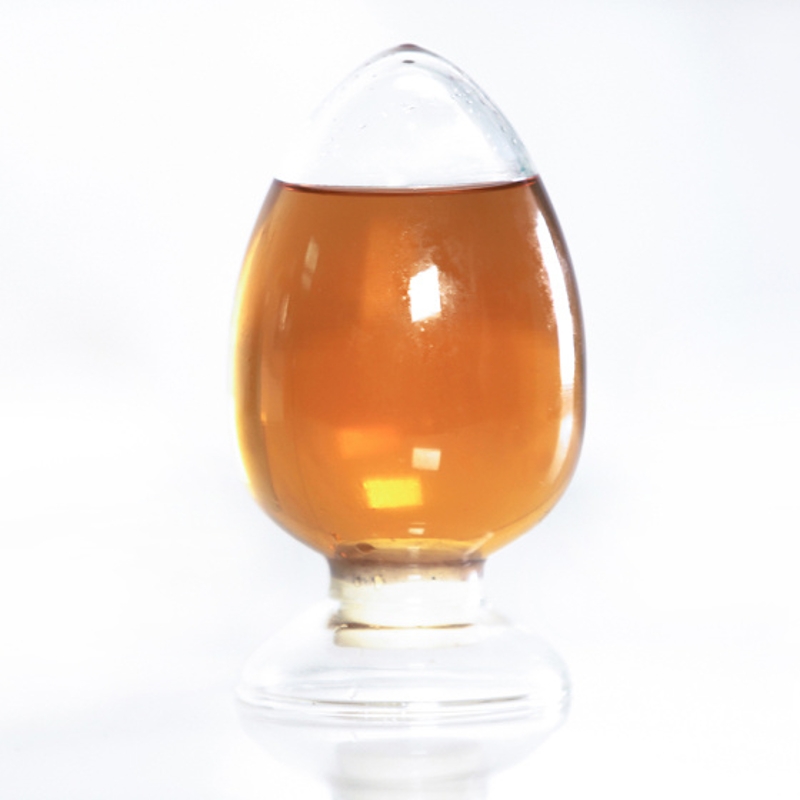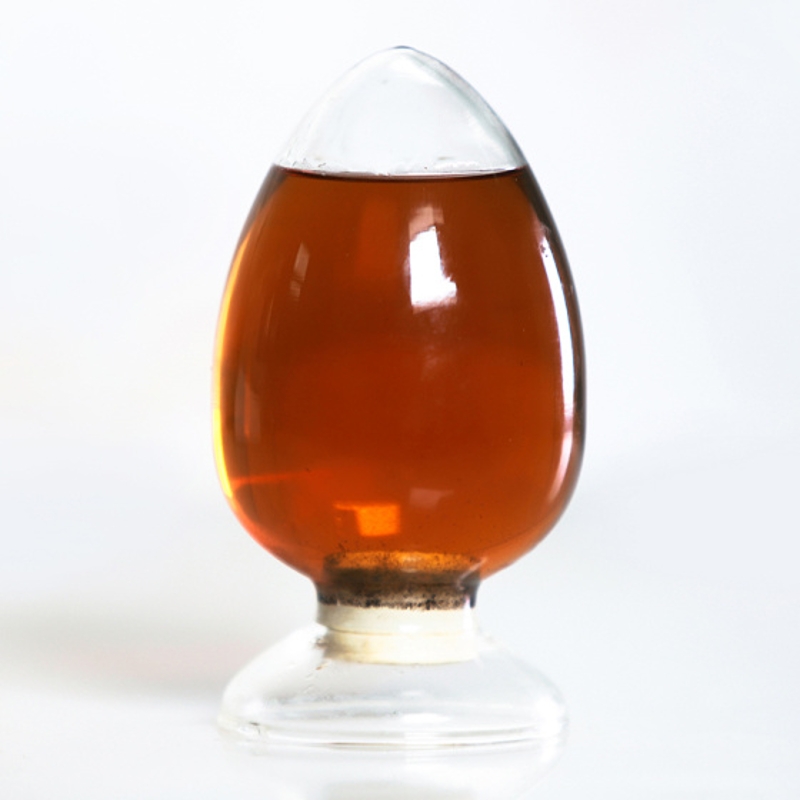-
Categories
-
Pharmaceutical Intermediates
-
Active Pharmaceutical Ingredients
-
Food Additives
- Industrial Coatings
- Agrochemicals
- Dyes and Pigments
- Surfactant
- Flavors and Fragrances
- Chemical Reagents
- Catalyst and Auxiliary
- Natural Products
- Inorganic Chemistry
-
Organic Chemistry
-
Biochemical Engineering
- Analytical Chemistry
- Cosmetic Ingredient
-
Pharmaceutical Intermediates
Promotion
ECHEMI Mall
Wholesale
Weekly Price
Exhibition
News
-
Trade Service
3.
1.
2 Metabolism and Toxicology
3.
1.
2.
1 Metabolic processes in the body
AGs are highly polar and can hardly be absorbed through the gastrointestinal tract.
Therefore, they are rarely taken orally and are only used for intestinal disinfection.
They are generally administered by injection and can be quickly distributed throughout the body after injection
.
Intramuscular injection is mostly used for systemic administration, and the absorption is rapid and complete
3.
1.
2.
2 Toxicology and adverse reactions
(1) Ototoxicity
Ototoxicity includes vestibular dysfunction and cochlear auditory nerve damage
.
Vestibular dysfunction manifested as dizziness, vision loss, nystagmus, dizziness, nausea, vomiting and ataxia; cochlear auditory nerve damage manifested as tinnitus, hearing loss and permanent deafness
(2) Kidney toxicity
AGs are mainly excreted by the kidneys in their original form, and they can also accumulate large amounts of drugs in the renal cortex through cell membrane phagocytosis, which can cause nephrotoxicity, ranging from swelling of the renal tubules to severe renal tubular necrosis, but generally does not damage the glomeruli
.
Nephrotoxicity usually manifests as proteinuria, tubular urine, hematuria, etc.
(3) Neuromuscular palsy
It is most common after high-dose intraperitoneal or intrapleural application, and occasionally after intramuscular or intravenous injection
.
The reason may be the drug with Ca 2+ complexed in the body fluid of Ca 2+ content decreased, or Ca 2+ competition, nerve endings to inhibit the release of acetylcholine (of Ach), and to reduce the sensitivity of the postsynaptic membrane to ACh , Causing the transmission of neuromuscular junctions to be blocked, causing respiratory muscle paralysis, which can cause breathing to stop







